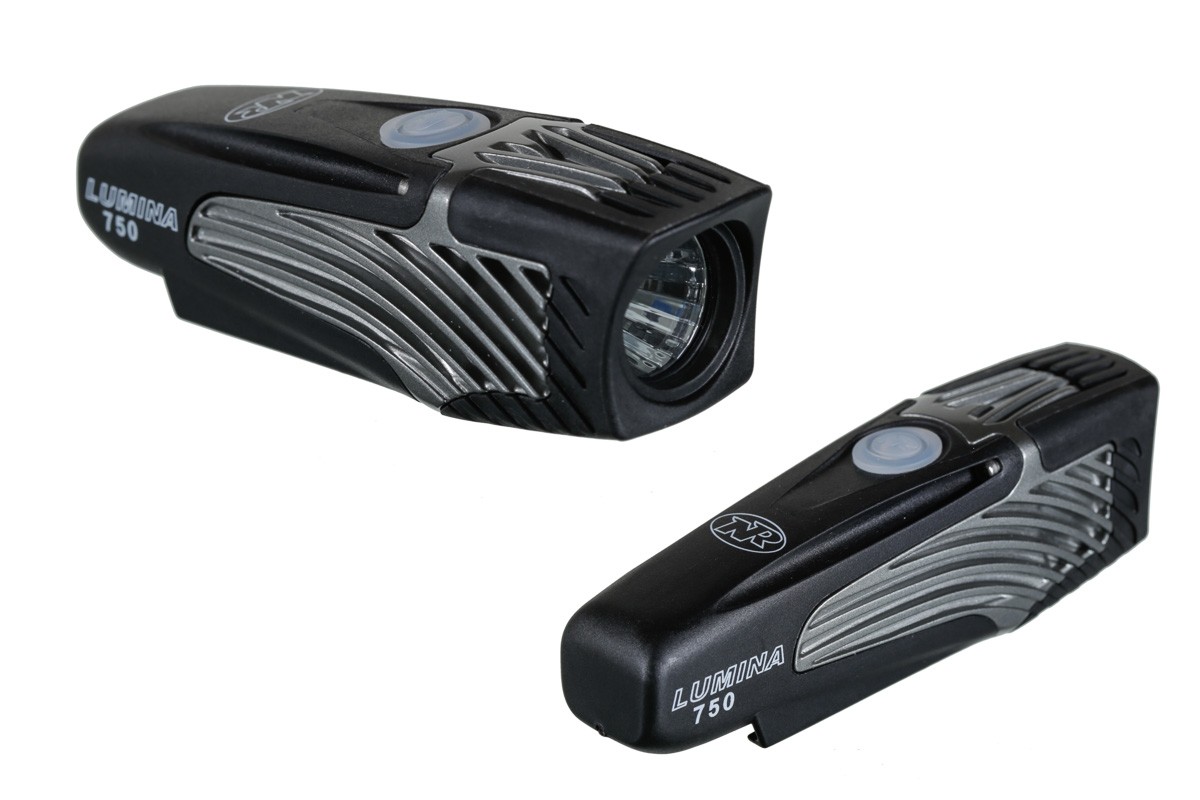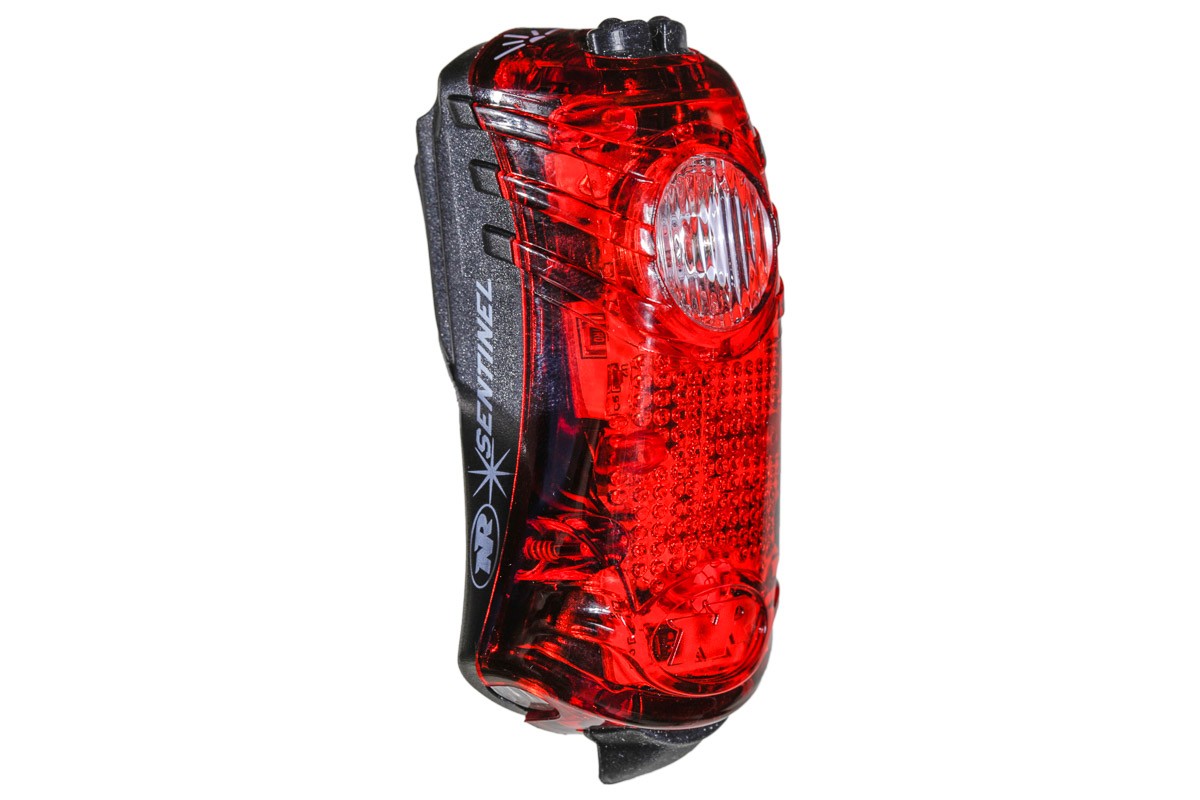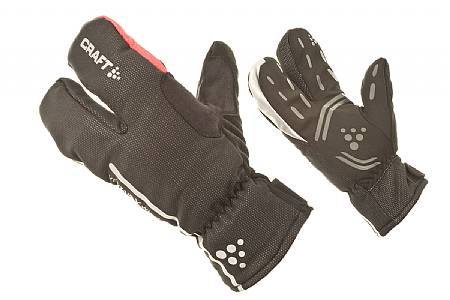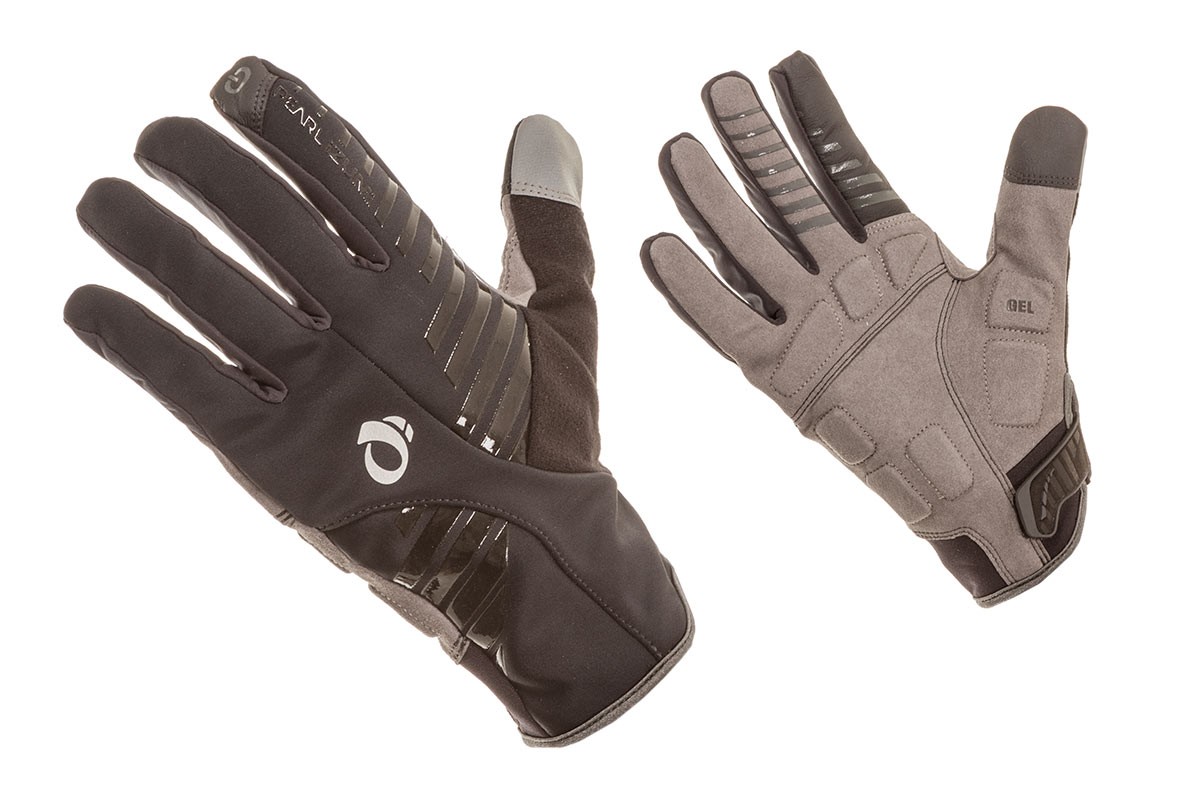Unfortunately many of the newsgroup posts and blogs I've read on this topic are absolute: "Real Commuters Have panniers!"
My impressions are completely superficial and overly simplistic but....
Pannier Users (PU) have cycled across continents wearing cargo shorts. PU have no need to exceed 15 MPH -- if fast was the point, PUs would drive their Prius to work.
Backpack Wearers (BW) wear heart rate monitors and have more than one road bike. They won't even consider installing fenders. They know what a KOM is and hear Phil Liggett's voice in their heads when they sprint.
I'll admit I'm a roadie. I don't race (anymore) but enjoy riding fast, know what The Rules are, and run 23mm tires at 120-140 PSI.
I wear a backpack on my 37 mile round trip commute over the rolling terrain of Lancaster County, Pennsylvania and have not once considered installing panniers.
Here are my thoughts:
- I just can't over the aesthetics of panniers on a road bike. My CAAD 10 was not designed for panniers, baskets, or duffle bags.
- Panniers are more likely to catch the wind than a backpack. Panniers are mounted outboard in the relative wind while a pack has very little surface exposed to the relative wind. Wind resistance slows me down. I don't want to be slow.
- Since panniers are mounted lower than a backpack, the pannier (and whatever is inside) is more likely to pick up road crud and get wet in rain or puddles.
- On a warm ride a backpack causes a sweaty back. But if it's warm, I probably have sweaty everything. Cycling specific packs will provide channels for air circulation and some moisture resistance to avoid sweat getting inside the bag.
- The center of gravity (CG) is slightly higher with a backpack. The weight's on me, like a few extra cheesecakes. It's not like I lose all sense of balance in the winter when I gain a few pounds. The "higher CG" argument is bogus.
- I also like the simplicity of a frameless pack -- no racks to install (and carry), no tie downs, no fiddling with straps to remove the pack at the destination, all in an easily packed and unpacked bag that I can carry into the office.
- On the off chance I get separated from my bike, the pack stays with me. This is important when carrying valuables or other sensitive items (which is every commute).
- Panniers would encourage me to over-pack. My small backpack limits what I can carry, so I am very selective.
- Finally, the backpack provides one more source of impact protection in case of a fall.
Cycling Specific Commuter Backpack
I tried a few standard day packs but finally settled on a cycling-specific bag that's narrower than the typical day pack and meant to sit on the back of a cyclist in the drops. Most day packs ride too high up the back and so the drop position will result in the bag pushing against your neck or helmet of both.I've been wearing a Timbuk2 Especial Raider backpack since April of this year:
 |
| The 2016 model is slightly different |
 |
| Backpack with Blackburn Rear Blinky |
My ride distance is 18.5 miles each way, so the pack has to be stable and comfortable for nearly forty miles a day.
 |
| Waffle Pattern Helps increase air flow between rider's back and backpack (sorta) |
I've worn it on steamy July afternoons and cold December mornings and it has performed well. The chest strap helps keep the bag centered. There's reflective material on the bottom that's visible to cars behind you. I hang a RoadID and Blackburn blinky tail light on the light hanger on the bottom of the pack.
The pack came with a shirt board for packing a dress shirt. I used it once -- and never since. It's just not practical. No matter how carefully I followed the directions the shirt was wrinkled. I think this is amplified by the position of the shirt nearest the wearer's back -- everything else packed inside is pressing against the shirt while perspiration is making its way into the pack.
I do not commute everyday -- bad weather, customer visits, etc all conspire to make it impractical -- so I use my drive-in days to restock clothes and other necessities (I bring in a gallon water jug to have at my desk in the summer, for example). I suppose if I was riding every day I would need more storage than what the backpack affords. In that case panniers may be warranted.
Since that's not the case for me I'll stick with the backpack.
Whatever you choose, get out and ride!
















